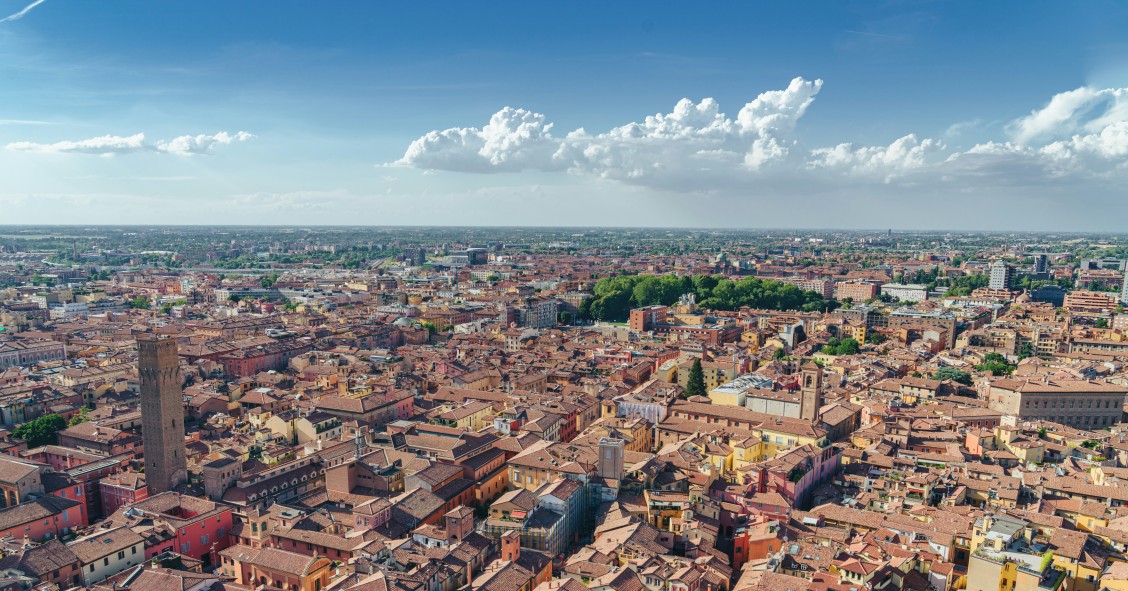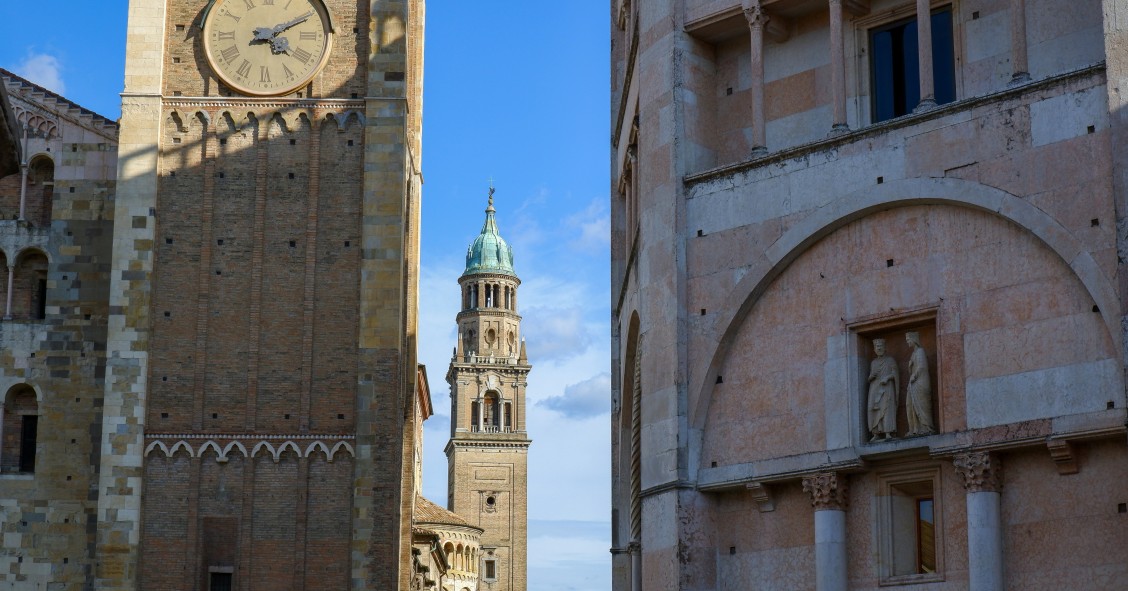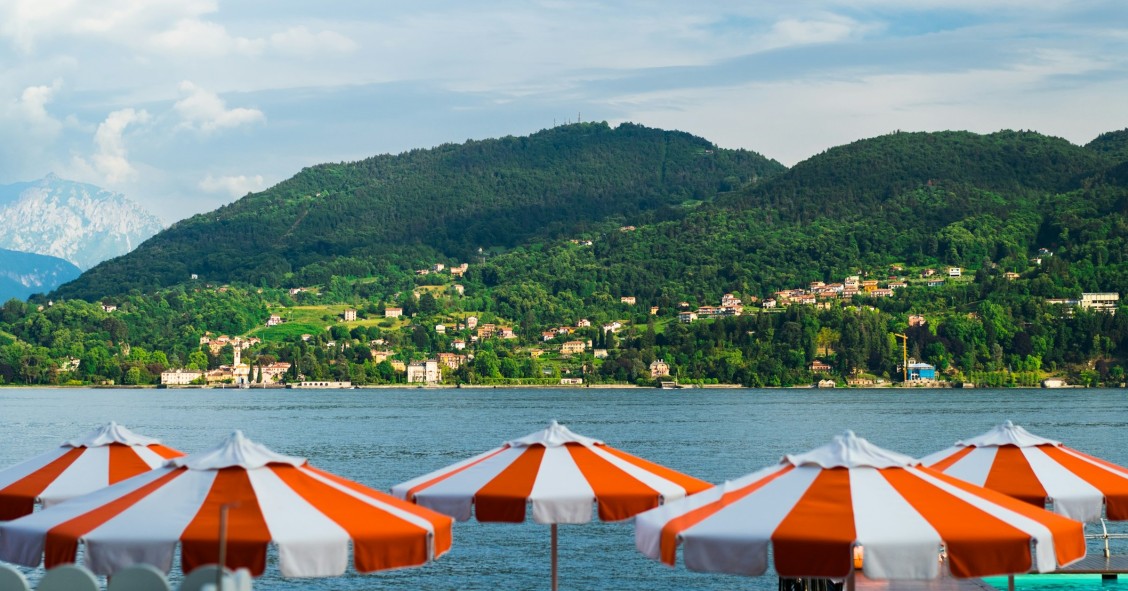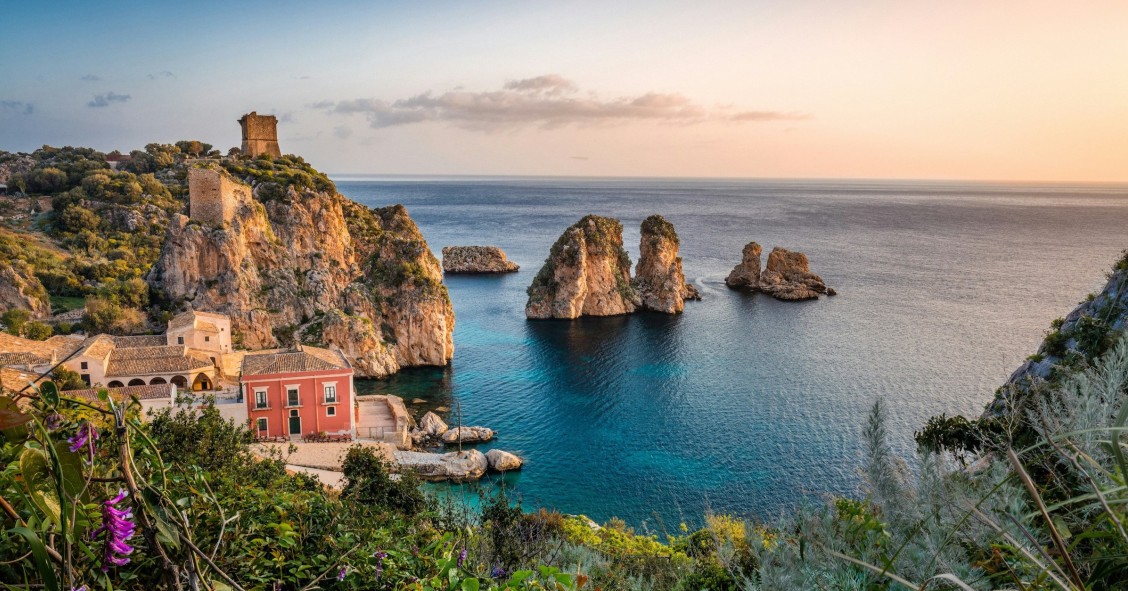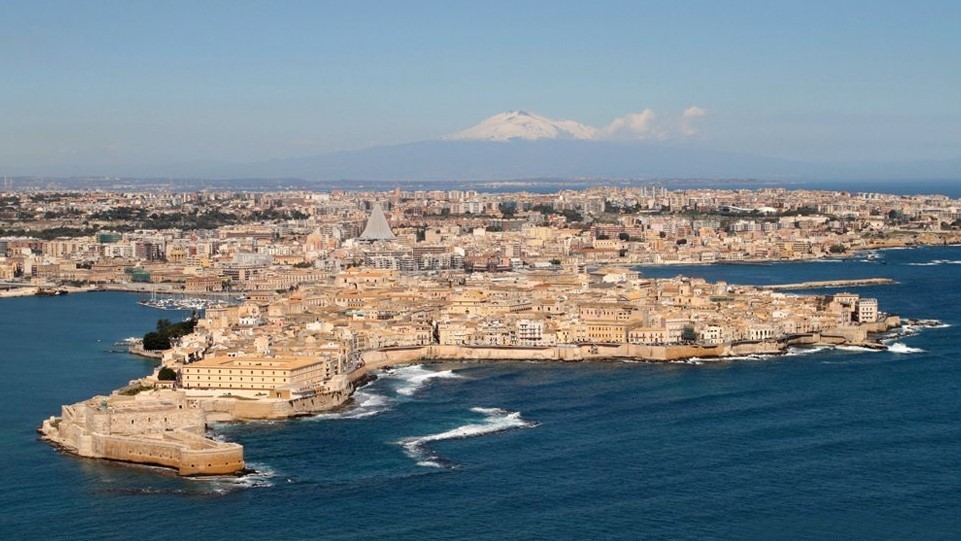
Syracuse, or Siracusa in Italian, is a charming city packed with attractions and a laid-back vibe that’s hard to beat. If you’re into history, art, or just soaking up nature, this Sicilian gem has plenty to offer without the hustle of bigger Italian cities. Life here moves at a gentler pace, making it an appealing spot if you’re considering a change of scenery. For anyone wondering if Syracuse is a good place to live, or why it’s surprisingly affordable compared to other parts of Italy, there’s plenty to explore about what daily life here really feels like.
Is Syracuse a good place to live?
Syracuse is a sunny, welcoming city where life revolves around the sea, especially in its historic heart, the Island of Ortigia. With a rich past visible in landmarks like the Arethusa Spring, the Temple of Apollo, and Maniace Castle, it’s no surprise that tourism has brought fresh energy and new leisure options to the area. But beyond the buzz of the old town, Syracuse offers a slower pace of life and some clear advantages as a place to settle.
Why is Syracuse famous?
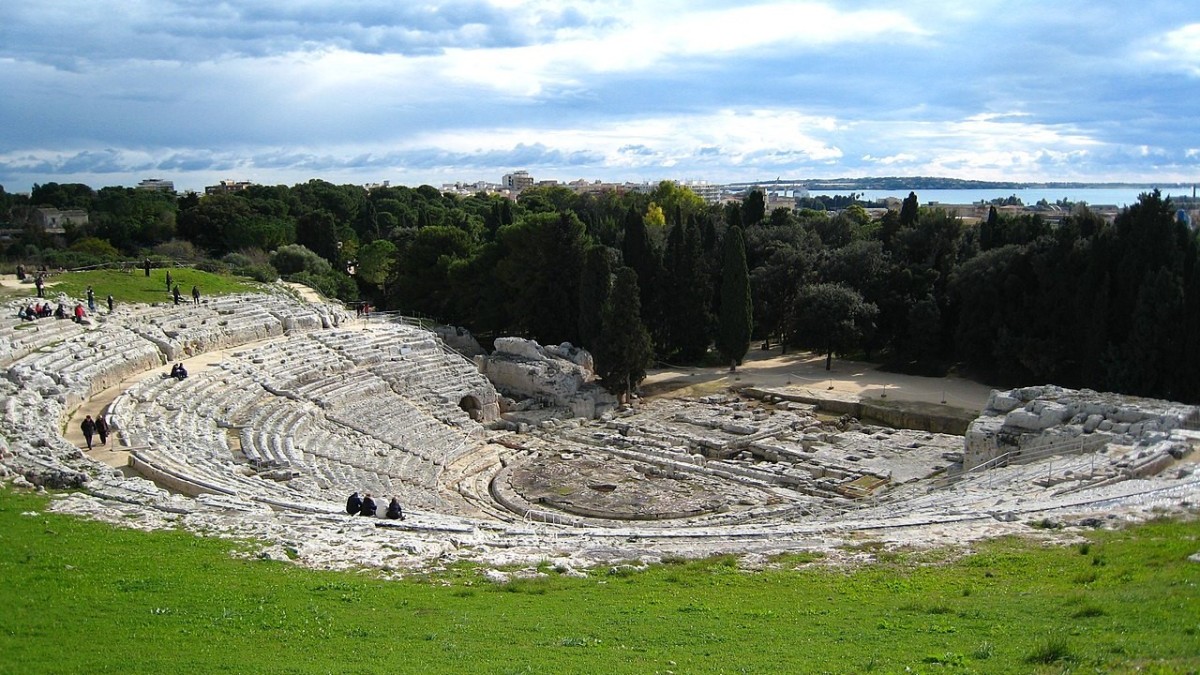
Syracuse stands out mostly for its incredible history and culture, tracing back over 2,700 years. It was once a major power in the ancient world and still wears that heritage proudly.
One of its standout features is the Neapolis Archaeological Park, where you’ll find the remarkably well-preserved Greek Theatre and the curious Ear of Dionysus—a man-made cave with a shape that carries sound in a striking way.
But Syracuse isn’t just about ancient ruins. Its Baroque architecture is equally impressive, especially in the Cathedral of Syracuse. This imposing landmark sits atop the remains of a Greek temple and remains a striking presence in the city’s main square.
Pros and cons of living in Syracuse
For anywhere, it's important to weigh up the good and the bad before packing the bags and making the move.
Some of the pros of living in Syracuse include:
- A friendly, warm community: the locals are known for their sunny nature and hospitality.
- Affordable cost of living: compared to other Italian cities of similar size, everyday expenses and property prices tend to be lower here.
- Balanced lifestyle: while the Island of Ortigia provides a lively atmosphere with bars and restaurants, plenty of quieter residential neighbourhoods offer peace and city conveniences.
On the flip side, a couple of cons worth knowing are:
- Limited cultural and service offerings: despite the tourist attractions, the wider city sometimes falls short on cultural events and public services.
- Dependence on tourism: much of the local economy and city life is tied to tourism, which can make things seasonal and less predictable for residents.
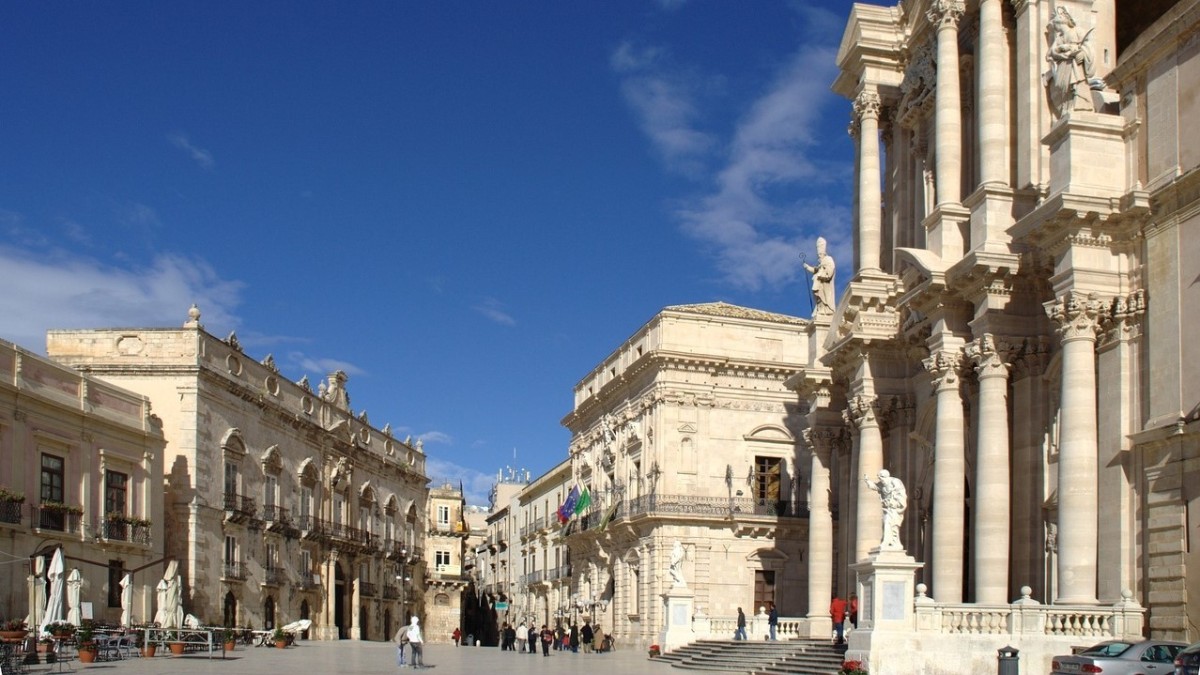
Best neighbourhoods in Syracuse: where to live
Picking the right neighbourhood in Syracuse can really shape your experience of the city, helping you settle in and enjoy all it has to offer. Each area brings its own character, from buzzing historic streets to peaceful residential corners.
Island of Ortigia
Ortigia is the historic heart of Syracuse, where ancient streets meet lively cafés and seafood restaurants. In summer, it draws plenty of tourists, but come winter, it quietens down, with weekends offering a gentle buzz of local life. Living here means being close to landmarks like the Duomo and Fonte Aretusa, with shops, galleries and markets all within reach.
Cassibile - Fontane Bianche
Cassibile and Fontane Bianche offer a quieter alternative to downtown Syracuse, with a more residential, coastal feel. Fontane Bianche is famous for its clear waters and sandy beaches. The area is popular with families and expats who appreciate its laid-back vibe and natural surroundings. Cassibile itself is a small town just inland, providing a more traditional Sicilian atmosphere with local markets and everyday amenities.
- Property for sale in the Cassibile - Fontane Bianche area
- Long-term rentals in the Cassibile - Fontane Bianche area
Saint Lucia
With its neat chessboard layout, it sits just before the island of Ortigia and feels like the modern heart of Syracuse. This neighbourhood is well-equipped with all the essentials, from shops and cafes to schools and medical centres. It also hosts the train station, which is a plus for anyone needing to travel further afield without much hassle. Unlike the historic island, Santa Lucia offers a more contemporary, practical vibe.
Cost of living in Syracuse

Living in Syracuse comes with a cost of living that’s quite reasonable compared to many other Italian cities, which helps explain why it’s such an attractive spot for expats and locals alike. Dining out won’t break the bank—a meal for two at a mid-range restaurant typically costs around €50, while a glass of local beer goes for about €3.50 and a coffee usually stays under €2. Utilities for a decent-sized flat run to roughly €160 a month, which keeps bills manageable.
When it comes to housing, April 2025 figures show property prices in Syracuse averaging €1,132 per m² across the city, though prices almost double to about €2,581 per m² in the coveted Ortigia area. Renting is affordable too, with average rents around €9 per m², so an 80m² apartment would typically cost around €720 a month. However, rents can fluctuate somewhat depending on the season.
Living in Syracuse or Catania
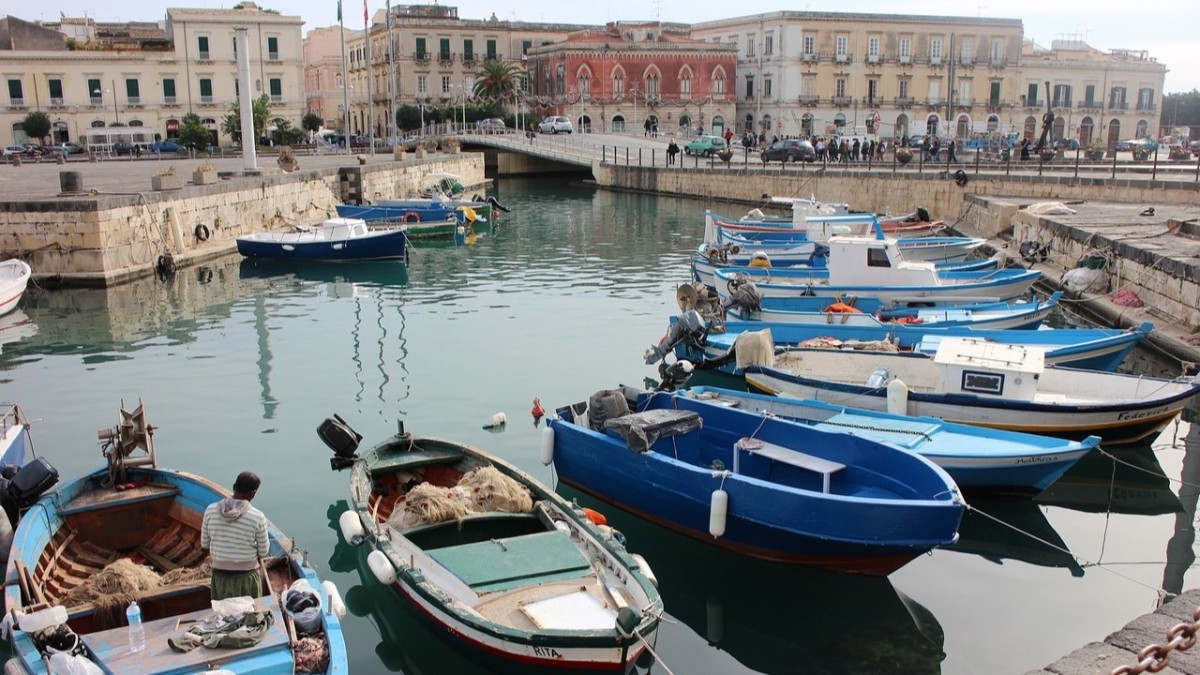
Living in Syracuse or Catania means settling in two vibrant Sicilian cities, both perched by the sea with rich histories and plenty of character. Each city offers its own flavour. Syracuse, with its charming historic centre on Ortigia Island, and the ancient port city of Catania's bustling urban energy beneath the shadow of Mount Etna.
Property prices in Catania are quite similar to those in Syracuse, so your budget will go about the same way whether you favour the quieter coastal feel of Syracuse or the livelier streets of Catania. Both cities provide a great mix of seaside living, cultural attractions and everyday conveniences without the high costs found in Italy’s larger cities.
Industries driving Syracuse’s economy
Syracuse’s economy is a mix of traditional and modern sectors, with agriculture playing a major role. The city is particularly renowned for its citrus fruits, especially the famous Syracuse lemon, prized for its unique flavour and top quality. Given its coastal location, fishing remains a traditional but steady part of the economy, supplying local markets and contributing to the city’s famous seafood cuisine.
Alongside lemons, olives, grapes and vegetables are important crops that support local farming. Tourism also plays a big part in the local economy—drawn by the city’s rich history and cultural treasures, visitors flock here year-round. This demand has helped build a lively tourism sector, complete with plenty of places to stay, eat and enjoy the area’s natural and historical sights.
